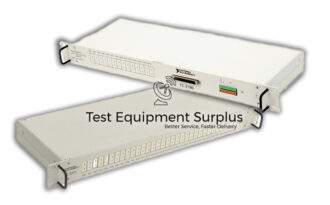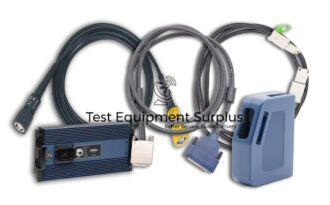Description
The PCIe-6593 is a cutting-edge PC-based digital instrument designed by National Instruments. It carries the part number 785972-01 and falls under the category of PC-based Digital Instruments. This device is specifically engineered to meet the high demands of modern digital systems, offering an impressive data transfer rate of 16 Gbps.
The PCIe-6593 is distinguished by its FlexRIO High-speed Serial Device capability, incorporating the KU035 model, and is compatible with FPGA options KU040 and KU060, providing flexibility and power for a wide range of applications. It features 8 channels, making it versatile for various digital signal processing tasks.
Designed for indoor usage, this device requires a power supply of 58 W and utilizes SMA connectors for reliable physical connections. The PCIe-6593 is operated via LabVIEW FPGA software, allowing for customizable and sophisticated control over its functions.
It is important to note that the obsolete status of the PCIe-6593 has been announced, indicating that it may no longer be in production or supported in the near future. However, its advanced features and specifications continue to make it a valuable asset for professionals and hobbyists who require high-speed digital instrumentation.
| Specification | Detail |
|---|---|
| Part Number | 785972-01 |
| Category | PC-based Digital Instruments |
| Model | PCIe-6593 |
| Description | FlexRIO High-speed Serial Device (16 Gbps), KU035 |
| Manufacturer | National Instruments |
| Data Transfer Rate | 16 Gbps |
| Channels | 8 |
| FPGA Options | KU040, KU060 |
| Software | LabVIEW FPGA |
| Connector Type | SMA |
| Power Requirements | 58 W |
| Usage | Indoor |
| Obsolete Status | Announced |
Question 1: What is the data transfer rate of PCIe-6593?
Answer 1: 16 Gbps
Question 2: How many channels does the PCIe-6593 have?
Answer 2: 8 channels
Question 3: What software is used to operate PCIe-6593?
Answer 3: LabVIEW FPGA
Question 4: What is the power requirement of PCIe-6593?
Answer 4: 58 W
Question 5: Has the PCIe-6593 been announced obsolete?
Answer 5: Yes




